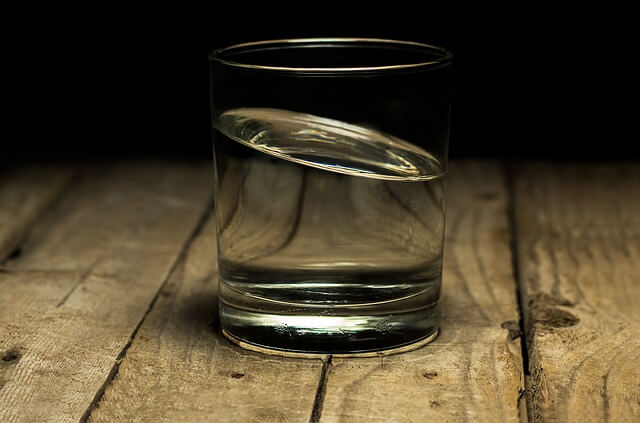Hard Water Treatment
Last week we covered shaker cabinets hardware placement. This week it’s on to another practical topic – hard water treatment! There are many different methods of hard water treatment available. For the most part they can be classified into four different groups of methods. All of these methods will reduce or limit limescale in a certain way.
Eliminating all limescale from the home isn’t possible with just a single method. Several different methods would have to be combined to even begin to take on this monumental task. For most home owners though, they don’t need to eliminate every single instance of limescale in the home and plumbing.
Each of these groups of methods is good for tackling limescale in a certain way. Two of the 4 groups are classified as water conditioning systems; we’ll be covering those more in depth in another article.
- Physical Water Conditioners
These are so named because they physically limit the properties of hard water. This hard water treatment comes in three different forms – electronic, electrolytic, and magnetic. In this article we are going to cover only electronic and electrolytic conditioners.
Electronic
Induction coils are wrapped around the pipework. These coils transmit audio frequency through the water. Over time this will limit limescale inside the pipes, which will also reduce the amount of tough limescale spots in your home.
The main benefit of electronic conditioning is that water will be safe to drink. However, this method isn’t always as effective as the others. Do note that some manufacturers will offer a money back guarantee.
Electrolytic
Inline devices are plumbed into your piping. The devices come in different lengths to suit your pipework.
Unlike electronic conditioners, they don’t need an electric power supply, so there’s no annual running cost. The whole house is provided protection again limescale, and water is also safe to drink.
The main cost with electrolytic conditioning is the plumbing cost. There is the initial cost of installing them into the pipework, and then the periodic replacements to maintain full level of protection.
- Chemical water conditioners
There are two main sub categories: packaged softeners and dosing systems. They are mainly suited for washing clothes. There are many pros and cons of using chemical hard water treatment that we’ll discuss in a future article. But for now, here’s all you need to know:
- Packaged softeners can also be split into precipitating and non precipitating types.
- Packaged softeners soften water for clothes washing.
Precipitating: composed of washing soda and borax. This hard water treatment is suited for washing clothes. It’s not suited for whole house water softening. Water isn’t drinkable.
Non-precipitating: composed of Calgon, this hard water treatment is also for laundry only.
Phosphate dosing: phosphate is held in a container fitted into a cartridge in the plumbing system. Water going through the cartridge is dosed with small amounts of phosphate, thus softening water.
- Mechanical Water Softeners
Aka ion exchange softeners, these are the true hard water softeners.
Physical and chemical conditioners are also referred to as softeners, but they really aren’t. They don’t remove hard minerals from water; they only prevent the minerals from sticking to surfaces.
The only real way to soften hard water is to remove the calcium and magnesium minerals that make the water hard. Only ion exchange softeners and some water filters do this.
- Water filters
Some common water filters that will do the job of producing soft water: caron resin filters, reverse osmosis units, water distillers. These are only available in a single outlet, not throughout the home. Limescale will still stay on taps, shower heads, etc.

